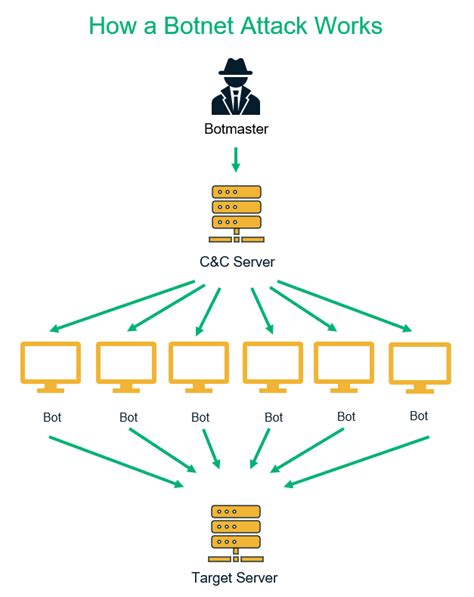
15.7 Tbps DDoS on Azure: IoT Botnet Breaks Records
The Digital Threat That Shook Azure
On October 24, Microsoft Azure faced one of the most massive cyberattacks in history—a staggering 15.7 terabits-per-second (Tbps) Distributed Denial of Service (DDoS) barrage. This attack, equivalent to streaming 3.5 million Netflix movies simultaneously at full speed, originated from over 500,000 compromised devices worldwide. Microsoft's automated defenses mitigated the impact, but the incident underscores a terrifying evolution in cyber warfare.

The Aisuru Botnet: Engine of Chaos
The attack was traced to the Aisuru botnet, a notorious network of hijacked devices that broke its own record just weeks prior with a 22.2 Tbps assault against Cloudflare. This botnet primarily targets gaming servers—especially Minecraft—but its creators also sell access to malicious actors for customized attacks. What makes Aisuru particularly dangerous is its ability to rapidly recruit vulnerable internet-connected devices, turning them into weapons against global infrastructure.
IoT: The Unseen Army
The true scale of the threat lies in its source: Internet of Things (IoT) devices. From home routers and security cameras to smart thermostats and Wi-Fi extenders, these gadgets are often shipped with weak default security. Once compromised, they become part of a botnet army—silent, pervasive, and difficult for owners to detect. The Aisuru attack alone leveraged 500,000 unique IP addresses, illustrating how everyday gadgets can fuel catastrophic cyber events.

Why DDoS Attacks Are Growing Exponentially
DDoS attacks have evolved from rare nuisances to existential threats. Just five years ago, attacks exceeding 1 Tbps were unheard of. Today, fiber-to-the-home networks and powerful IoT devices provide attackers with unprecedented bandwidth. As Microsoft noted, "Attackers are scaling with the internet itself. As fiber-to-the-home speeds rise and IoT devices get more powerful, the baseline for attack size keeps climbing."
"This isn’t just a technical issue. It is a global cyber hygiene failure that is now manifesting as a strategic infrastructure risk."
— Sunil Varkey, Security Analyst
Defending Against the Deluge
While Microsoft successfully filtered the Azure attack, organizations must adopt proactive measures:
- IoT Hardening: Change default credentials, disable unused features, and apply firmware updates.
- Network Segmentation: Isolate critical systems from IoT devices.
- DDoS Scrubbing Services: Use cloud-based protection like Azure's to absorb and filter malicious traffic.
- Rate Limiting: Restrict traffic from suspicious sources.
The Future of Cybersecurity
As IoT devices proliferate, the risk of botnet-driven DDoS attacks will only intensify. The Aisuru botnet’s demonstration of a 29.6 Tbps attack (though unused) proves that defenders must constantly innovate. Cyber hygiene—from manufacturers to end-users—is no longer optional. Without collective action, the internet’s infrastructure remains vulnerable to catastrophic collapse.
Share this article
Sarah Johnson
Technology journalist with over 10 years of experience covering AI, quantum computing, and emerging tech. Former editor at TechCrunch.